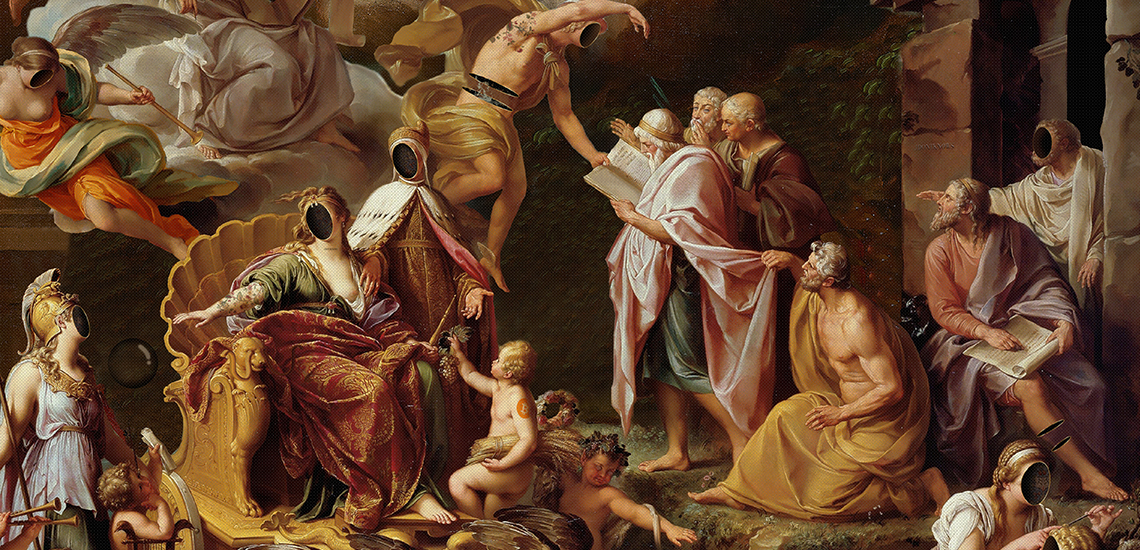Exploring the Diverse Globe of Artistic Expression: From Surrealism to Abstract Realistic Look
In the realm of imaginative expression, from the dreamlike landscapes of surrealism to the intricate play of light and kind in abstract realistic look, musicians have continuously pushed the boundaries of creativity and imagination. As we discover the multifaceted world of art, we are offered with a tapestry of styles, strategies, and viewpoints that challenge our understanding and prompt contemplation.
Surrealism: Unleashing the Subconscious
Surrealism, a progressive artistic activity of the 20th century, looked into the depths of the subconscious, unveiling a globe of dream-like images and unique juxtapositions. Led by musicians like Salvador Dali, René Magritte, and Joan Miró, Surrealism sought to test the conventional methods of seeing and comprehending art. With strategies such as automatism and desire analysis, Surrealist artists aimed to use the subconscious mind to disclose covert facts and wishes.
Among the key components of Surrealism was the focus on the unreasonable and the incredible. By incorporating unforeseen aspects in their works, Surrealist artists aimed to develop a feeling of disorientation and shock in the customer. This interruption of logic and factor was suggested to provoke a deeper expedition of the subconscious and the enigmas of the human subconscious.
Abstract Realism: Redefining Perception
Testing traditional creative limits, Abstract Realistic look redefines understanding through the fusion of well-known components with abstract kinds. This ingenious approach to art combines the representational precision of realism with the innovative flexibility of abstraction, supplying customers a distinct visual experience that motivates them to examine their understanding of fact.
In Abstract Realism, artists aim to capture the essence of their topics while also instilling their collaborate with a feeling of deepness and intricacy via abstract elements. By mixing the acquainted with the unfamiliar, these artists invite target markets to engage with their items on several levels, encouraging them to check out the nuances of kind, shade, and appearance.

Cubism: Fragmentizing Reality
Using fragmented perspectives and geometric forms, Cubism changed the imaginative depiction of fact in the early 20th century. This strategy not just deconstructed fact but likewise highlighted the monotony of the canvas, paving the means for future abstract art motions.

Cubism can be classified into 2 major stages: Analytical Cubism, identified by monochromatic color systems and intricate, fragmented kinds; and Artificial Cubism, which included collection elements and brighter shades into the compositions. Through these distinctive More Help phases, Cubism influenced not useful content only painting yet additionally layout, sculpture, and design. trump art. Its effect resounded across the art world, inspiring artists to discover new methods of standing for the world and translating around them
Expressionism: Emotions on Canvas
Exploring the depths of human emotions with dazzling and expressive brushstrokes, Expressionism arised as a profound creative motion in the early 20th century. Unlike previous art motions that concentrated on depicting the exterior world, Expressionism looked into the interior world of the musician's psyche, aiming to evoke raw emotions and prompt natural responses from audiences.
Expressionist musicians, such as Edvard Munch, Egon Schiele, and Emil Nolde, declined conventional notions of elegance and realism in support of misshaping kind and shade to convey subjective sensations. Using overstated brushwork, strong shades, and altered figures helped produce a feeling of anxiousness, alienation, or enthusiasm in their works.
Among the most popular examples of Expressionism is Munch's "The Scream," which catches the intense anxiety and despair of contemporary life with its swirling, distorted figure versus a blood-red skies. Through their psychologically charged jobs, Expressionist artists looked for to test standard imaginative standards and supply a home window into the unstable depths of the human heart.
Contemporary Art: Developing Perspectives

Among the specifying features of modern art is its consistent evolution and capacity to adapt to changing cultural landscapes. Musicians are increasingly including innovation into their technique, obscuring the lines between the physical and electronic realms. This blend of tools permits cutting-edge methods of narration and involving with audiences in an extra interactive fashion.
Additionally, contemporary art usually functions as a system for social discourse, dealing with pushing concerns such as identity, politics, and the environment. Musicians are using their job to prompt and trigger essential conversations thought, shedding read this light on the complexities of the world we live in. As viewpoints remain to progress, modern art remains a vibrant and significant force in shaping our social landscape.
Conclusion
In conclusion, the globe of creative expression includes a large range of motions and styles, each with its very own one-of-a-kind method to conveying definition and emotion. From surrealism's expedition of the subconscious to abstract realistic look's redefining of perception, and from cubism's fragmentation of fact to expressionism's portrayal of emotions, art proceeds to develop and challenge point of views - trump art. Contemporary art reflects the ever-changing world we live in, offering new ways to analyze and recognize the complexities of our truth
As we check out the multifaceted world of art, we are presented with a tapestry of designs, strategies, and viewpoints that challenge our understanding and prompt reflection. Its impact resounded across the art world, motivating musicians to discover brand-new methods of analyzing and standing for the world around them.
